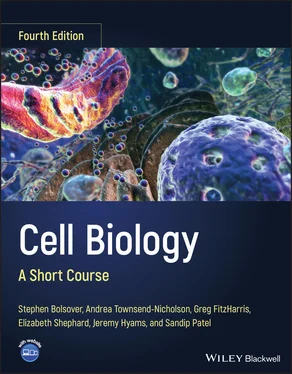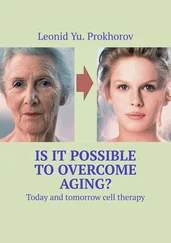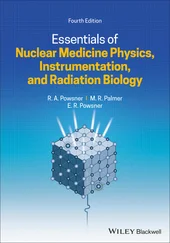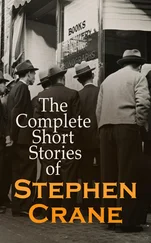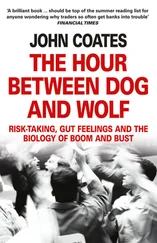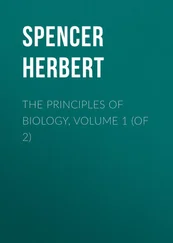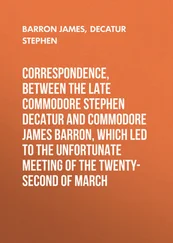Stephen R. Bolsover - Cell Biology
Здесь есть возможность читать онлайн «Stephen R. Bolsover - Cell Biology» — ознакомительный отрывок электронной книги совершенно бесплатно, а после прочтения отрывка купить полную версию. В некоторых случаях можно слушать аудио, скачать через торрент в формате fb2 и присутствует краткое содержание. Жанр: unrecognised, на английском языке. Описание произведения, (предисловие) а так же отзывы посетителей доступны на портале библиотеки ЛибКат.
- Название:Cell Biology
- Автор:
- Жанр:
- Год:неизвестен
- ISBN:нет данных
- Рейтинг книги:3 / 5. Голосов: 1
-
Избранное:Добавить в избранное
- Отзывы:
-
Ваша оценка:
- 60
- 1
- 2
- 3
- 4
- 5
Cell Biology: краткое содержание, описание и аннотация
Предлагаем к чтению аннотацию, описание, краткое содержание или предисловие (зависит от того, что написал сам автор книги «Cell Biology»). Если вы не нашли необходимую информацию о книге — напишите в комментариях, мы постараемся отыскать её.
Cell Biology: A Short Course
Cell Biology: A Short Course
Cell Biology: A Short Course
Cell Biology — читать онлайн ознакомительный отрывок
Ниже представлен текст книги, разбитый по страницам. Система сохранения места последней прочитанной страницы, позволяет с удобством читать онлайн бесплатно книгу «Cell Biology», без необходимости каждый раз заново искать на чём Вы остановились. Поставьте закладку, и сможете в любой момент перейти на страницу, на которой закончили чтение.
Интервал:
Закладка:
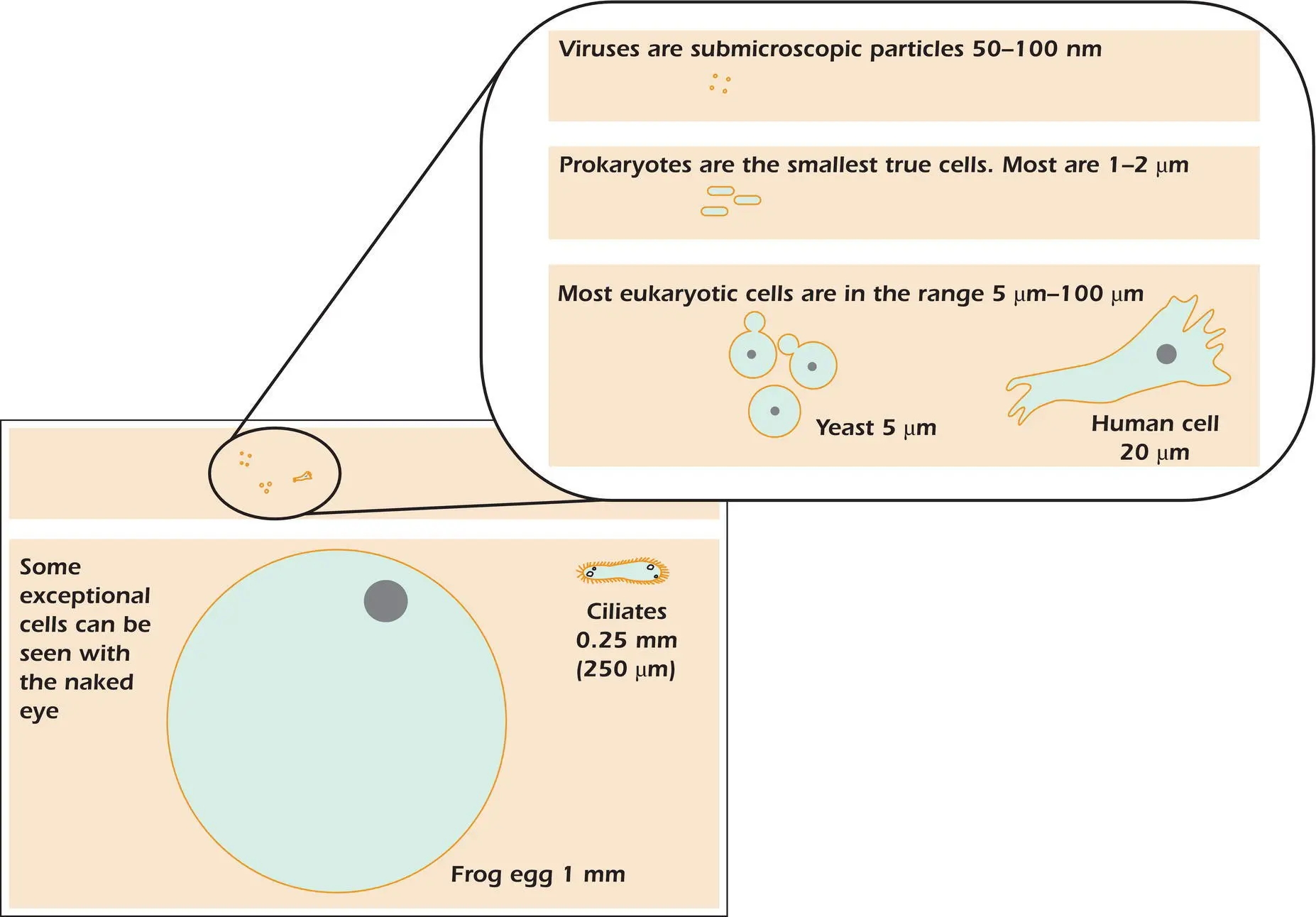
 Figure 1.1.Dimensions of some example cells. 1 mm = 10 −3m; 1 μm = 10 −6m; 1 nm = 10 −9m.
Figure 1.1.Dimensions of some example cells. 1 mm = 10 −3m; 1 μm = 10 −6m; 1 nm = 10 −9m.
Cell Division
One of the major distinctions between prokaryotic and eukaryotic cells is their mode of division. In prokaryotes the circular chromosome is duplicated from a single replication origin by a group of proteins that reside on the inside of the plasma membrane. At the completion of replication the old and new copies of the chromosome lie side by side on the plasma membrane which then pinches inwards between them. This process, which generates two equal, or roughly equal, daughter cells is described as binary fission.In eukaryotes the large, linear chromosomes, housed in the nucleus, are duplicated from multiple origins of replication by enzymes located in the nucleus. Sometime later the nuclear envelopebreaks down and the replicated chromosomes are compacted so that they can be segregated without damage during mitosis. We will deal with mitosis in detail in Chapter 14. For the moment we should be aware that although it is primarily about changes to the nucleus, mitosis is accompanied by dramatic changes in the organization of the rest of the cell. A new structure, the mitotic spindle,is assembled specifically to move the chromosomes apart whilst other structures are dismantled so that their components can be divided among the two daughter cells following cell division.
 VIRUSES
VIRUSES
Viruses occupy a unique position between the living and nonliving worlds. On the one hand they are made of the same molecules as living cells. On the other they are incapable of independent existence, being completely dependent on a host cell for reproduction. Almost all living organisms have viruses that infect them. Human viruses include polio, influenza, herpes, rabies, smallpox, chickenpox, HIV, and SARS‐CoV‐2, the causative agent of COVID‐19. Viruses are submicroscopic particles consisting of a core of genetic material enclosed within a protein coat called the capsid. Some have an extra membrane layer called the envelope. Viruses are inert until they enter a host cell, whereupon their genetic material directs the host cell machinery to produce viral protein and viral genetic material. Viruses often insert their genome into that of the host, an ability that is widely made use of in molecular biology research ( Chapter 8). Bacterial viruses, bacteriophages,are used by scientists to transfer genes between bacterial strains. As we will see, human viruses are used as vehicles for gene therapy.

 Figure 1.2.Organization of prokaryotic and eukaryotic cells.
Figure 1.2.Organization of prokaryotic and eukaryotic cells.

 Figure 1.3.The tree of life. The diagram shows the currently accepted view of how the different types of organism arose from a common ancestor. Many minor groups have been omitted. Distance up the page should not be taken as indicating complexity or how “advanced” the organisms are. All organisms living today represent lineages that have had the same amount of time to evolve and change from the last universal common ancestor.
Figure 1.3.The tree of life. The diagram shows the currently accepted view of how the different types of organism arose from a common ancestor. Many minor groups have been omitted. Distance up the page should not be taken as indicating complexity or how “advanced” the organisms are. All organisms living today represent lineages that have had the same amount of time to evolve and change from the last universal common ancestor.
 ORIGIN OF EUKARYOTIC CELLS
ORIGIN OF EUKARYOTIC CELLS
Prokaryotic cells are simpler in their organization than eukaryotic cells and are assumed to be more primitive. According to the fossil record, prokaryotic organisms precede, by at least 1.5 billion years, the first eukaryotes that appeared some 2 billion years ago. It seems highly likely that eukaryotes evolved from prokaryotes, and the most likely explanation of this process is the endosymbiotic theory.The basis of this theory is that some eukaryotic organelles originated as free‐living bacteria that were engulfed by larger cells in which they established a mutually beneficial relationship. For example, mitochondriawould have originated as free‐living aerobic bacteria and chloroplastsas photosynthetic cyanobacteria. The endosymbiotic theory provides an attractive explanation for the fact that mitochondria and chloroplasts contain their own DNA and ribosomes both of which are more closely related to those of bacteria than to all the other DNA and ribosomes in the same cell. The case for the origin of other eukaryotic organelles is less persuasive. Nevertheless, while it is clearly not perfect, most biologists are now prepared to accept that the endosymbiotic theory provides at least a partial explanation for the evolution of the eukaryotic cell from prokaryotic ancestors.
 TABLE 1.1.Differences between prokaryotic and eukaryotic cells.
TABLE 1.1.Differences between prokaryotic and eukaryotic cells.
| Prokaryotes | Eukaryotes | |
|---|---|---|
| Size | Usually 1–2 μm | Usually 5–100 μm |
| Nucleus | Absent | Present |
| DNA | Usually a single circular molecule (= chromosome) | Multiple linear molecules (chromosomes) a |
| Cell division | Simple fission | Mitosis or meiosis |
| Internal membranes | Rare | Complex |
| Ribosomes | 70S b | 80S (70S in mitochondria and chloroplasts) |
| Cytoskeleton | Rudimentary | Microtubules, microfilaments, intermediate filaments |
| Motility | Rotary motor (drives bacterial flagellum) | Dynein (drives cilia and flagella); kinesin, myosin |
| First appeared | 3.5 × 10 9years ago | 2 × 10 9years ago |
aThe tiny chromosomes of mitochondria and chloroplasts are exceptions; like prokaryotic chromosomes they are often circular.
bThe S value, or Svedberg unit, is a sedimentation rate. It is a measure of how fast a molecule moves in a gravitational field, and therefore in an ultracentrifuge.
Example 1.1 Sterilization by Filtration
Because even the smallest cells are larger than 1 μm, harmful bacteria and other organisms can be removed from drinking water by passing it through a filter with holes 200 nm in diameter. These filters can vary in size from huge, such as those used in various commercial processes, to small enough to be easily transportable by backpackers. Filtering drinking water greatly reduces the chances of bringing back an unwanted souvenir from your camping trip!
IN DEPTH 1.1 OUR ANCESTOR, THE ARCHAEON
When we say prokaryote we usually mean bacterium. The prokaryotes we use to make yogurt and kimchi, those which give us diseases, and those that we use in genetic engineering ( Chapter 8) are all bacteria. However, from the very origin of life on earth a second group of prokaryotes called the archaea lived alongside bacteria. Archaea are found throughout nature, for example each of our guts contains at least a trillion cells of the archaeon Methanobrevibacter smithii that help to break down complex sugars. It is now thought that the cell that incorporated bacteria to become the ancestor of the eukaryotes was an archaeon related to a present‐day group called the Asgard archaea. Asgard archaea contain several genes and proteins that are otherwise found only in eukaryotes, including the building blocks of microtubules and microfilaments ( Table 1.1). When a cell similar to a present‐day Asgard archaeon engulfed an oxygen‐using bacterium it could then begin the slow process of evolving into the multitude of eukaryotes that exist today.
Читать дальшеИнтервал:
Закладка:
Похожие книги на «Cell Biology»
Представляем Вашему вниманию похожие книги на «Cell Biology» списком для выбора. Мы отобрали схожую по названию и смыслу литературу в надежде предоставить читателям больше вариантов отыскать новые, интересные, ещё непрочитанные произведения.
Обсуждение, отзывы о книге «Cell Biology» и просто собственные мнения читателей. Оставьте ваши комментарии, напишите, что Вы думаете о произведении, его смысле или главных героях. Укажите что конкретно понравилось, а что нет, и почему Вы так считаете.
